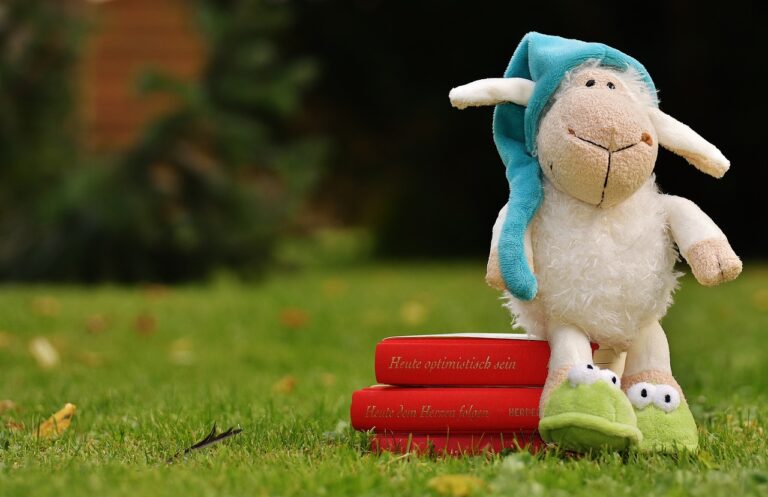Developing Critical Thinking Skills Through Project-Based Learning
In schools across India, many students still learn by memorizing textbooks and repeating what teachers say. While this helps during exams, it doesn’t always prepare them for real life. Today’s world demands more. We need young people who can think clearly, ask good questions, and solve real problems.
This is where Project-Based Learning (PBL) becomes useful. It’s not just about finishing assignments. It’s about working on real issues, discussing ideas with classmates, and coming up with practical solutions. PBL helps build skills that students will use not just in exams, but in everyday life. You can learn more education-focused blogs like this on Blogs.
What Is Project-Based Learning?
Project-Based Learning is a method where students learn by working on projects that connect with real life. Instead of just sitting in class and listening, students actively take part in the learning process.
For example, instead of just reading about pollution, students might create a plan to reduce waste in their school. This could involve surveys, analysis, teamwork, and presenting results. While doing this, they learn science, math, communication, and much more—without even realizing it.
At Blogs, we aim to show how such simple ideas can turn into strong learning tools.
Benefits of Project-Based Learning for Indian Classrooms
Project-Based Learning fits well with the New Education Policy (NEP) 2020, which talks about reducing rote learning and focusing more on understanding and application. Here’s how PBL supports this:
- Better Understanding: Students learn not just “what” but “why” and “how.”
- Teamwork: Projects usually need groups, which helps students learn to work with others.
- Communication Skills: Students learn how to present their ideas clearly.
- Decision-Making: They think critically and make choices while working on the project.
- Confidence Building: Completing real tasks gives a sense of success.
You can find many simple educational reads that talk about these changes on Blogs.
Real Examples of PBL in Indian Schools
- Delhi Government Virtual Labs: More than 300 government schools in Delhi now have virtual labs. Students can try experiments digitally, which gives them practical knowledge without needing full lab equipment.
- SPARK Program in Meghalaya: This program trains young students in communication and thinking skills. It has been showing good results, especially in rural schools.
- Edsurance Platform: This initiative by Suresh Sathyanarayanan is aimed at helping schools with tools and content that make learning more active and scientific.
These are just a few efforts showing how PBL is spreading across the country. To follow more of these updates, keep checking Blogs.
How Teachers Can Start Using PBL?
Teachers don’t need big setups or expensive tools to start PBL. Here’s a simple step-by-step guide:
- Pick a Topic That Matters: Choose a real-life issue or question that connects with students. For example: “How can we save electricity in our school?”
- Set the Task: Explain what students are expected to do—what the final project will look like.
- Guide Research: Help students collect information from books, internet, or by talking to people.
- Create the Project: Students build their project, write a report, or make a presentation.
- Share and Reflect: Let students present what they made. Discuss what they did well and what could be better next time.
PBL becomes easy to implement once teachers get comfortable with the process.
Some Challenges Teachers Might Face
Like any new idea, PBL comes with some challenges. But none of them are too hard to fix:
- Lack of Materials: Use digital resources and local community support.
- Time Pressure: Projects don’t need to be long. Even short ones work.
- Assessment Worries: Instead of just giving marks for answers, give marks for thinking, group work, and presentation.
- Teacher Support: Schools should invest in training so teachers understand how to lead PBL effectively.
These problems are real but can be solved with support and patience. For stories about teachers who are already doing this, visit Blogs.
Final Words
Education is not just about passing exams. It’s about preparing children for life. Project-Based Learning helps students think better, act smart, and work well with others. This way of learning is already showing good results in many parts of India.
With the right support, even small schools can start using PBL. It doesn’t need big budgets—just big ideas and the willingness to try something new.
We at Blogs are here to bring such useful, real, and simple stories to Indian classrooms. Keep reading for more updates, tips, and news from the education world.







